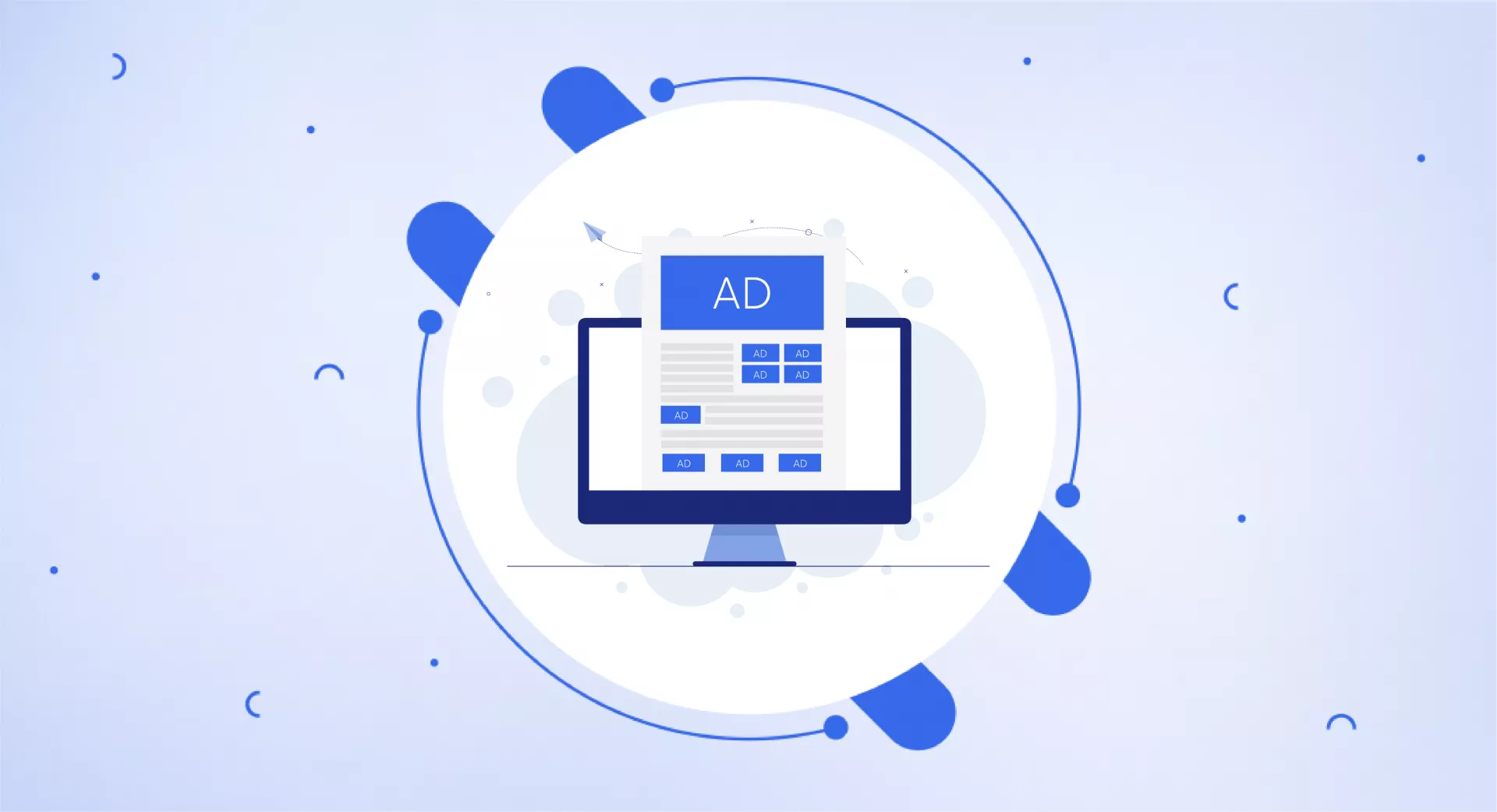What is Ad Heavy?
You must have experienced a website that was fully loaded with ads and you had to struggle to find the content that you were looking for. It is so frustrating that even you might leave the website with the intention of never coming back.
The term "ad heavy" refers to a situation where a website, app or other media platform displays a significant number of ads to a point where it can negatively impact the user's experience.
These platforms may be more difficult to use than those with fewer ads.
Why is it discouraged?
An excessive amount of ads is often deterred because of several reasons.
Distracting
It is always difficult to navigate through a website which has too many ads especially when you are trying to do something like filling out a form or buying something.
Slow loading time
Websites with more ads take more time to load. This can also impact the platform's overall performance and lead to increased bounce rates.
Ad blindness
Users may start to ignore those sites that have distractions in the form of ads. This creates a problem for advertisers who want to connect with the right audience.
User experience
Too many ads can lead to poor user experience as the ads may hide content or make it difficult to navigate.
High ad-to-content ratio
Websites with a high ratio of ads to content can be seen as low-quality by search engines. They prioritize revenue generation over providing high-quality content.
Ad placement
If a website places ads in some misleading spots, search engines might penalize it - such as when ads blend in with the real content or hide important information.
Is ad heavy and heavy ad the same?
Both terms apparently seem similar and have an impact on user experience but still, there is a difference.
Ad heavy refers to a webpage or website that contains a large number of advertisements that distract the users.
On the other hand, a heavy ad is a specific digital ad that uses an excessive amount of system resources such as bandwidth or CPU usage. They result in slowing down the pages and negatively affect the user experience.
Does Google penalise ad-heavy sites?
Google has released the FRED updates that target low-quality content and websites that violate their webmaster guidelines by creating ad-heavy pages.
The goal is to make sure websites focus on good content and a user-friendly site instead of just making money.
However, websites not following the rules might get penalized by Google.
Use Ad Experience Report to find issues
Google’s Web Tool Help allows you to check how an ad and its layout cater to the user’s requirements.
To view this for your site, follow these steps:
Go to https://www.google.com/webmasters/tools/ad-experience-unverified
In the left-hand panel, select either "Desktop" or "Mobile" to view the report.
If you have multiple site properties, select the property whose ad experiences you want to view from the drop-down menu in the top left corner.
Once you've selected the appropriate settings - it will display any issues related to your site's ad experience along with recommendations for how to fix them.
How to improve user experience?
Here are some steps you can take for this:
To make your website faster and less cluttered - consider reducing the number of ads. Choose ads that bring in more money and let go of the ones that aren't performing as well.
Consider placing ads in less intrusive locations such as at the bottom of the page or in the sidebar. Make sure that ads don't hide important content or navigation.
Select ad sizes that match your website's look and layout otherwise, they may slow down your pages.
Make sure your website's design and navigation prioritize user experience over revenue generation.
Use the Ad Experience Report to identify which ads are performing well and which are not.
Conclusion
Websites with lots of ads can be annoying for users because they take longer to load and disrupt the users to search for their desired content. It leads to poor user experience which is quite obvious.
Website owners should find a balance between making money from ads and ensuring an easily navigable site if their intentions are good.


